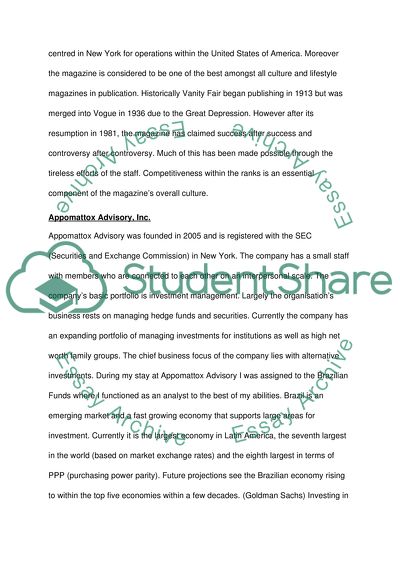Cite this document
(“Internship Review: Vanity Fair versus Appomattox Advisory Essay”, n.d.)
Retrieved de https://studentshare.org/creative-writing/1390974-vanity-fair-vs-hedge-fund-culture-work-environment
Retrieved de https://studentshare.org/creative-writing/1390974-vanity-fair-vs-hedge-fund-culture-work-environment
(Internship Review: Vanity Fair Versus Appomattox Advisory Essay)
https://studentshare.org/creative-writing/1390974-vanity-fair-vs-hedge-fund-culture-work-environment.
https://studentshare.org/creative-writing/1390974-vanity-fair-vs-hedge-fund-culture-work-environment.
“Internship Review: Vanity Fair Versus Appomattox Advisory Essay”, n.d. https://studentshare.org/creative-writing/1390974-vanity-fair-vs-hedge-fund-culture-work-environment.


